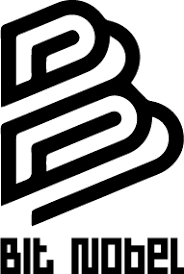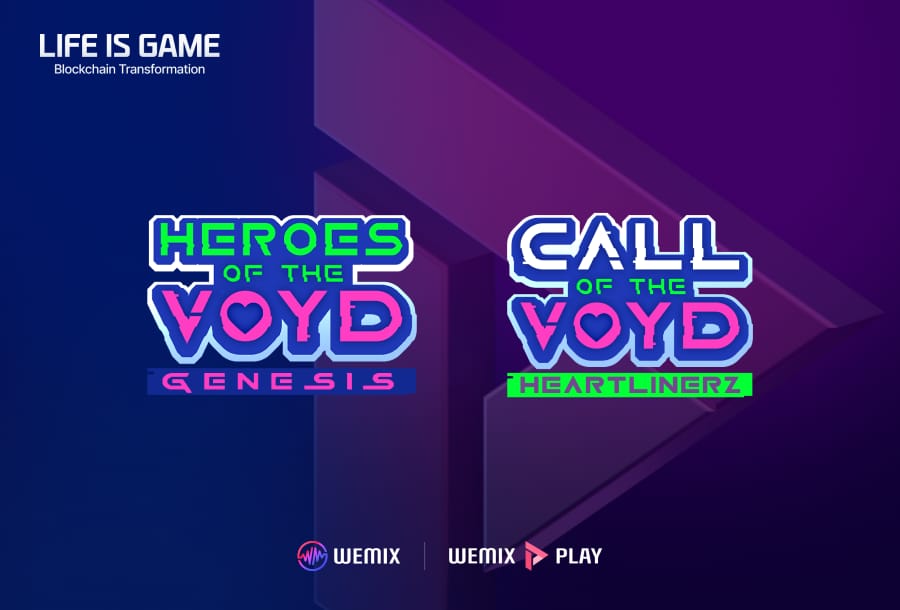dEURO stablecoin enters the cryptocurrency ecosystem thanks to the integration on Cake Wallet, bringing a wave of innovation among digital assets pegged to the euro. The growing demand for reliable and decentralized stablecoins is accompanied by the need for secure and transparent solutions, capable of protecting users from strong market fluctuations.
In this scenario, the recent announcement by Cake Wallet to support dEURO represents an important step towards the diversification of the offering and the maturity of the stablecoin sector.
Key characteristics of dEURO: stability on a decentralized basis
The main peculiarity of dEURO lies in its decentralization and over-collateralization. Users who wish to generate dEURO must deposit a greater amount of other cryptocurrencies compared to the actual value of the new digital asset they intend to obtain.
Among the main cryptocurrencies accepted as collateral are Bitcoin, Ethereum and Monero. This strategy of overcollateralization, meaning the deposit of assets with a value higher than the contracted debt, acts as a barrier against events of value loss of the stablecoin compared to the euro, known as de-pegging.
Security mechanisms: automatic liquidation and risk under control
Another fundamental function offered by dEURO concerns automatic liquidations. When the loan-to-value ratio of the collateral falls below a predetermined threshold, the sale of the assets deposited as collateral is automatically triggered. This ensures the stability of the stablecoin and limits potential losses for both the users and the entire protocol.
Profitability without giving up custody of cryptocurrencies
One of the reasons of greatest interest for dEURO on Cake Wallet is the possibility for users to obtain a 10% yield on their cryptocurrencies used as collateral, without giving up custody of them to third parties. This yield comes from the stability fees incurred by those who create new dEURO tokens and is deposited into a guarantee reserve. This model helps to keep the system prosperous and balanced, ensuring liquidity and solidity to investors’ assets.
- Real yield: The remuneration offered is positioned as a true alternative to traditional lending platforms, providing economic incentives without sacrificing direct ownership of the assets.
- Constant liquidity: Users can generate euro-linked tokens without having to liquidate or sell their cryptocurrencies, thus maintaining operational flexibility within digital markets.
Decentralized stablecoins: promises and risks
Decentralized stablecoin like dEURO embody the original spirit of the crypto community, inspired by cypherpunk principles. The goal is to create secure tools, alternative to the traditional financial system, that offer greater control and transparency to users. However, the sector has experienced delicate episodes that have highlighted its fragility: the risk of de-pegging and collapse of algorithmic tokens remains a central element of discussion.
The implosion of Terra-LUNA: a warning for the future of stablecoins
The most emblematic example was the collapse of the Terra-LUNA ecosystem in May 2022. Their stablecoin UST was not backed by real reserves, but left to an algorithmic mechanism of token creation and destruction based on the relationship between LUNA and UST. Arbitrageurs were supposed to maintain parity with the dollar by exploiting price differences, however, the demand for UST was strongly incentivized by Anchor Protocol, which offered annual returns of 20% on deposited UST.
When massive withdrawals from Anchor began, the pressure became unsustainable and UST rapidly depreciated to $0.67 and finally to just one cent of a dollar. The absence of tangible reserves proved fatal. dEURO, on the other hand, adopts the principle of over-collateralization as is already the case for DAI, another historic stablecoin in the crypto landscape.
The limits of overcollateralization and the lesson of DAI
Despite representing a step forward compared to pure algorithms, overcollateralization does not completely eliminate the risk of de-pegging. This was also seen with DAI, whose value temporarily deviated from the dollar in March 2023, after a portion of the reserves (USDC) briefly lost its peg to the US currency.
The case highlights how even stablecoins collateralized by fiat or traditional assets are not entirely immune to currency risk, especially if the reserve itself is tied to financial instruments like government bonds or bank deposits. This leads to the constant search for innovative and robust solutions, capable of withstanding market shocks and maintaining user trust.
dEURO and the future of digital assets linked to the euro
The entry of dEURO stablecoin on Cake Wallet expands the possibilities for users and investors interested in managing digital assets pegged to the euro, without giving up the guarantees and tools inherent in decentralized finance. Although intrinsic risks remain regarding volatility and possible de-pegging events, models like those of dEURO mark a significant evolution in the offering of more secure and transparent stablecoins.
“`html
The stablecoin sector, in fact, continues to experiment and adapt in response to critical episodes and changing needs. It is essential for users to delve into the composition of reserves, the functioning of liquidation mechanisms, and the structure of incentives behind each protocol. Transparency and financial education thus emerge as indispensable tools for navigating with awareness among the multiple opportunities offered by euro-pegged digital assets.
“`
dEURO brings a breath of innovation and represents a crucial test for future stablecoin models. Future developments and user response to these new solutions will help define the path of decentralized finance in the coming years. Those who approach tools like dEURO today can actively participate in building a more open and resilient global financial system.







